Soil – The Basics
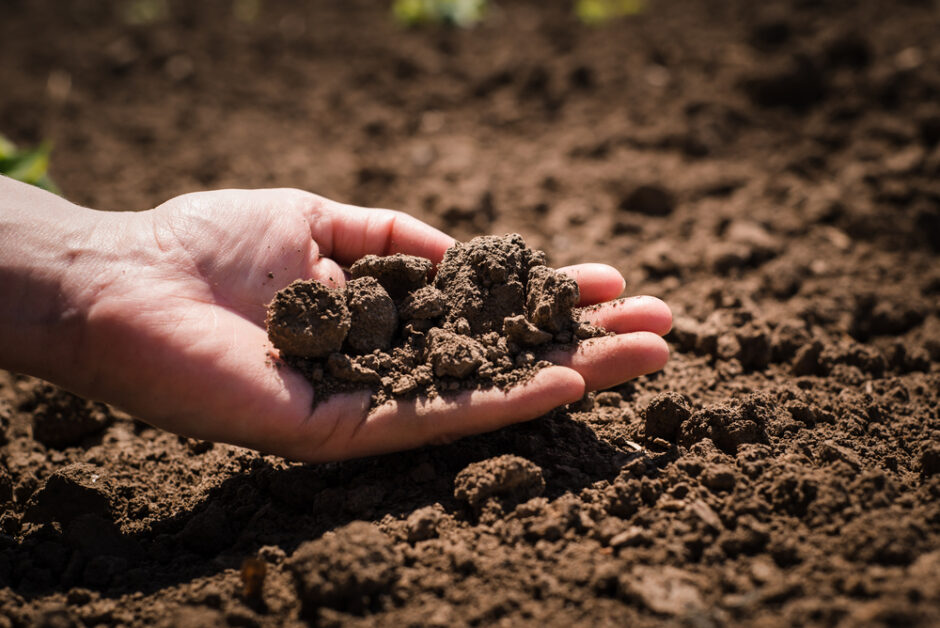
Dirt, Soil, Topsoil …… these are all words which are used by people to describe that precious medium which we rely upon to grow our crops, feed our livestock and grow the vast range of plants that have made our planet what it is. And amongst many millions of people its importance to our wellbeing still remains an unknown thing – something that they never even think about.
Because soil is very far from only being something that means we have to wash our hands if we handle it, or that forces us to clean our clothing if we kneel on it. And as with all of our planets gifts, soil is a varied and complex medium. Of all the things that we are all learning around the world today that it too is one of the many naturally evolved commodities that the Human Race has been abusing on a wholesale scale ever since the Industrial Revolution.
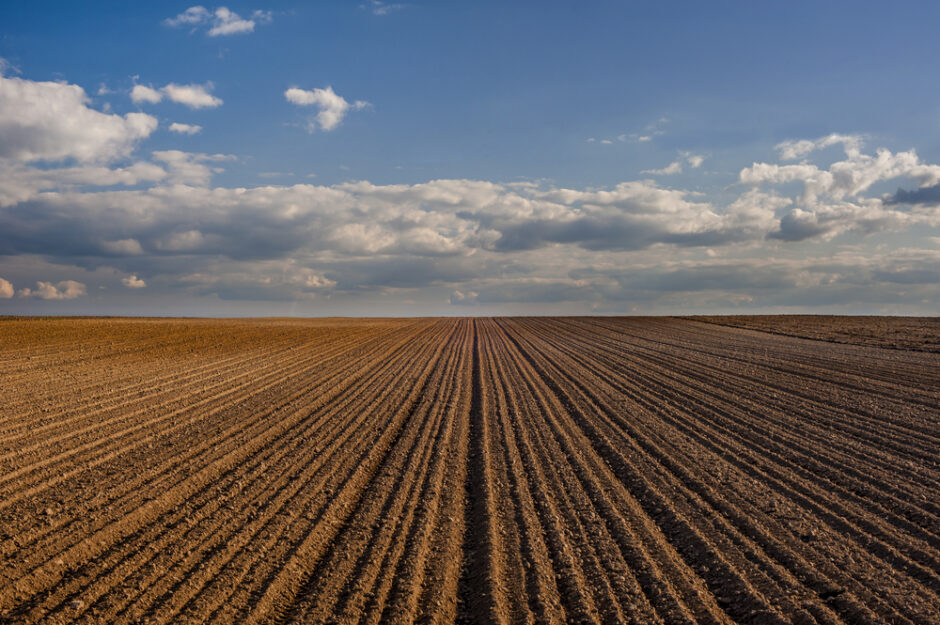
So what’s so special about soil, and how can we have possibly abused it ? Having evolved from the bedrock over billions of years, soil is made up of small mineral particles. Grains of sand would be considered to be amongst the largest particles 2.0mm – 0.05mm diameter, just as clay particles might be considered to be the smallest at less than 0.002mm diameter. Too small to be seen under an ordinary microscope. Silt bridges the gap between the two extremes. And it is the relative proportions of these different particles that determines soil texture. This can be judged by whether a damp soil rubbed between your fingers feels smooth or coarse.
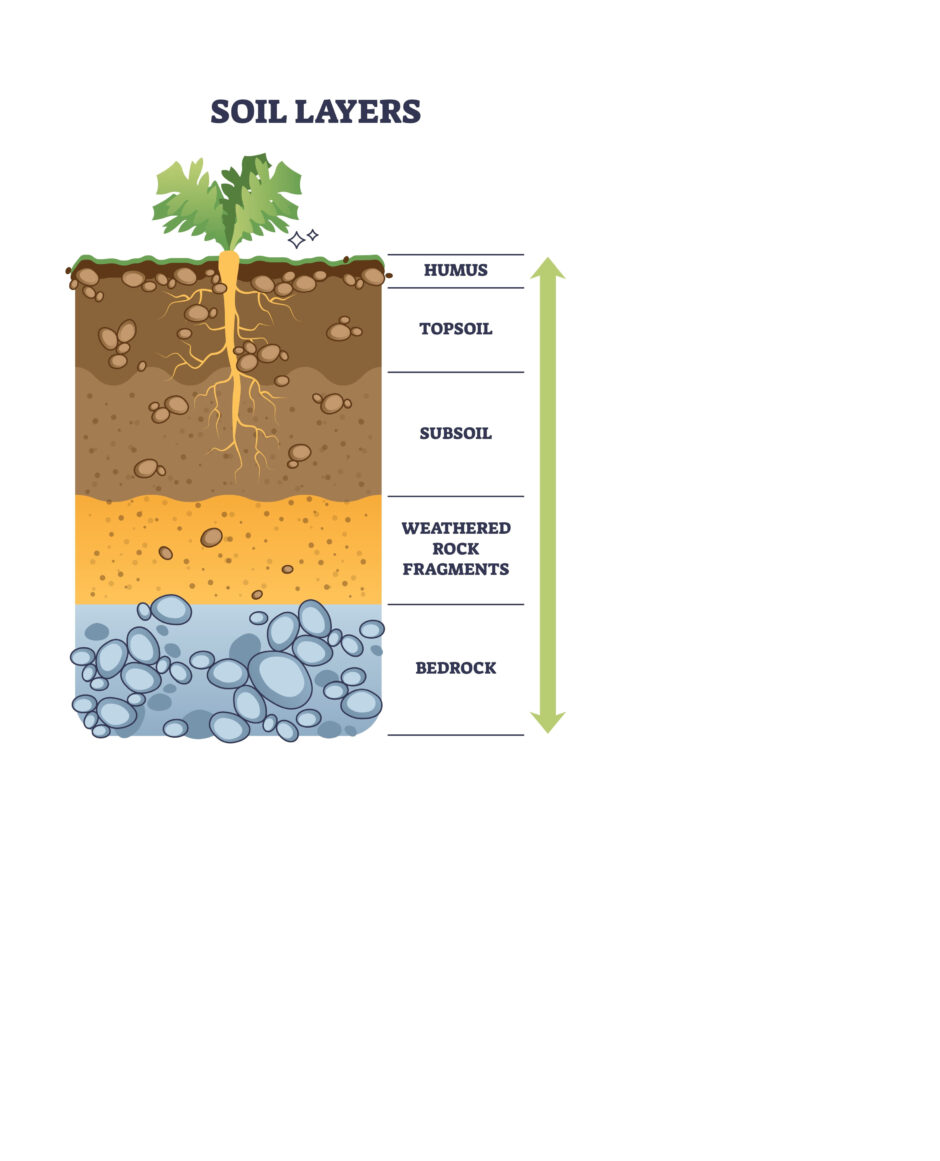
Over and above soil texture is soil structure. This refers to how individual soil particles are grouped together to form small clumps or ‘Peds’. Soil is also divided up into different layers as you progress down towards the underlying bedrock, and these are referred to as ‘Horizons’
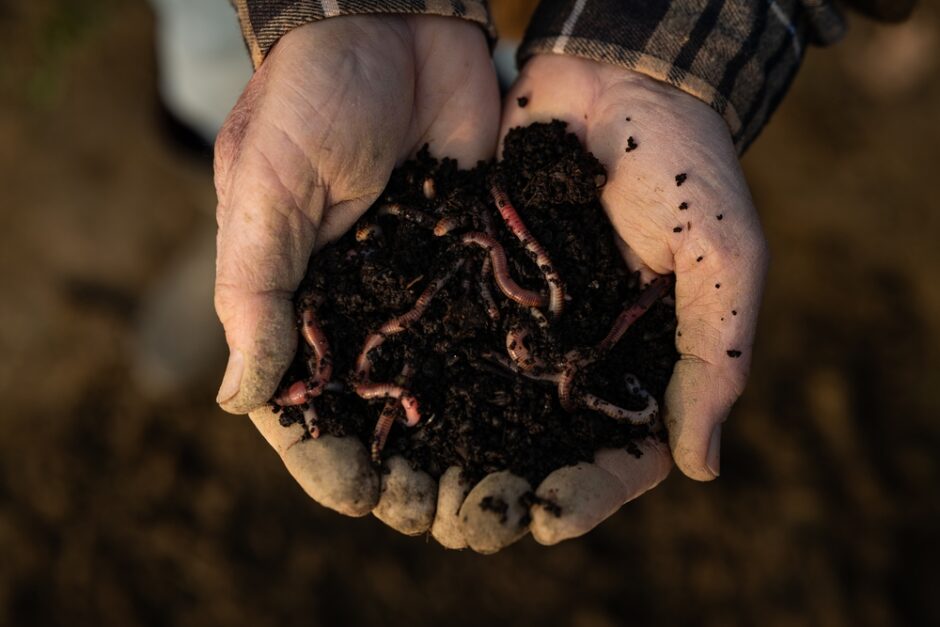
We would expect a healthy soil to have a good level of organic matter in it. This comes about as a result of the decomposition of plant material on the surface of the soil entering the soil, usually by the means of earth worms. It is then further broken down by smaller soil born insect life and then by micro organisms. We would be looking for between 3% and 6% organic matter in productive soils, the breaking down of which creates humic acid which further binds soil particle together, thus improving the structure which allow air in, which then also improves drainage.
When farmers and growers were encouraged to use artificial or inorganic fertilizers instead of organic ones, the soil organism populations reduced as the organic matter was depleted, and with that the structure diminished and the soil deteriorated. The more they used it, the worse it became. Together with the removal of hedgerows around fields to allow for the use of larger machines, and the subsequent loss of localised microclimates, in some instances the topsoil either blew away, or was drained away into the rivers. If soil has no structure, or if through compaction any structure is squashed out of it, it can therefore be clearly seen why it is that root activity will reduce and water can no longer drain away.
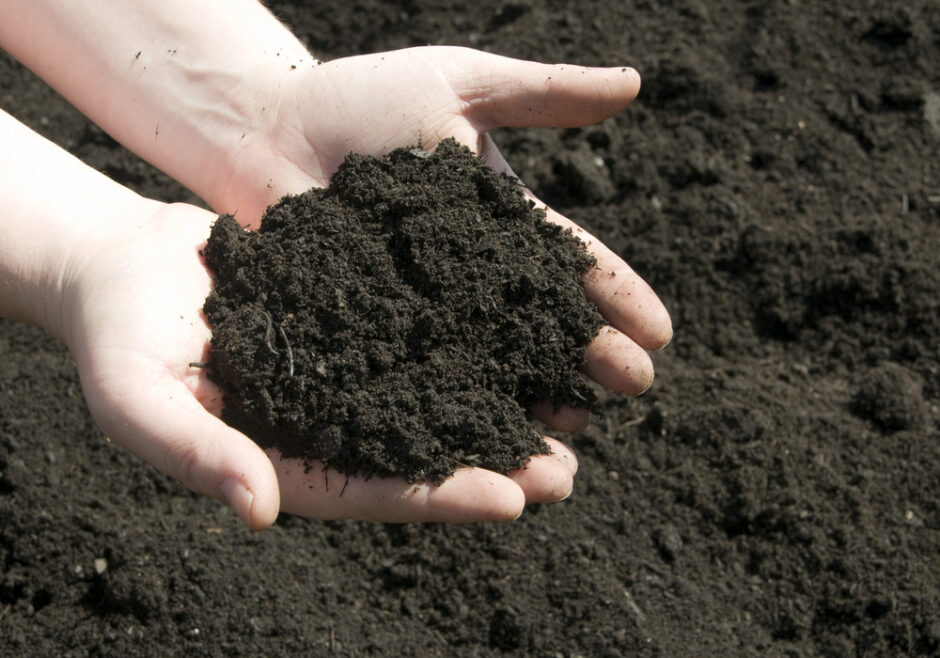
So a Loam soil is considered to be the best you can achieve. It Has a great texture and structure, drains well, holds onto nutrients well, has a neutral pH … it’s an all round A 1 soil.
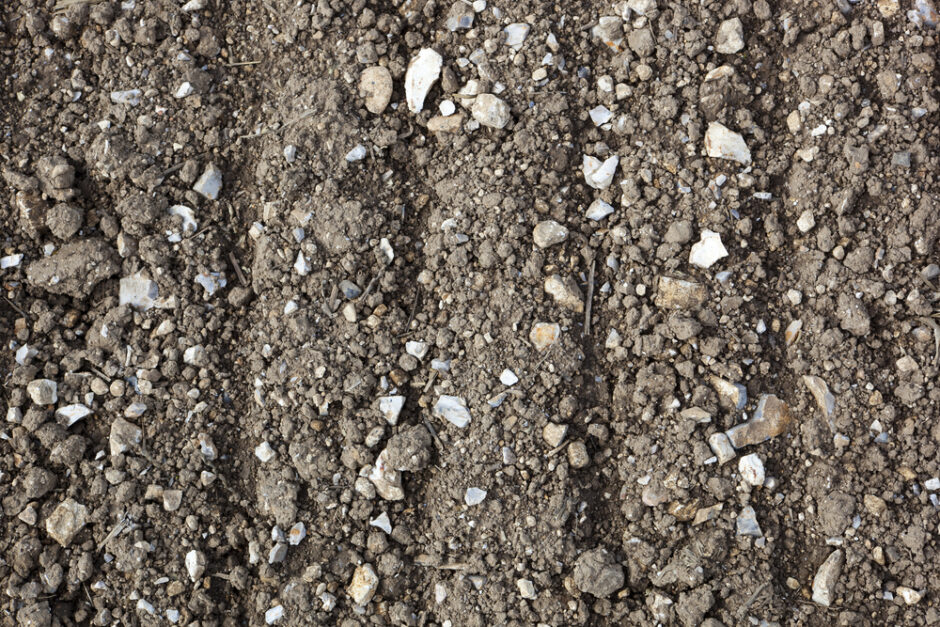
This shallow chalky soil is noticeably more pale in colour than a healthy loam, and is nowhere near as versatile as a loam. Being Chalky it has a high pH which limits what will thrive in it – ericaceous plants would definitely not. However, many wild flowers favor it.
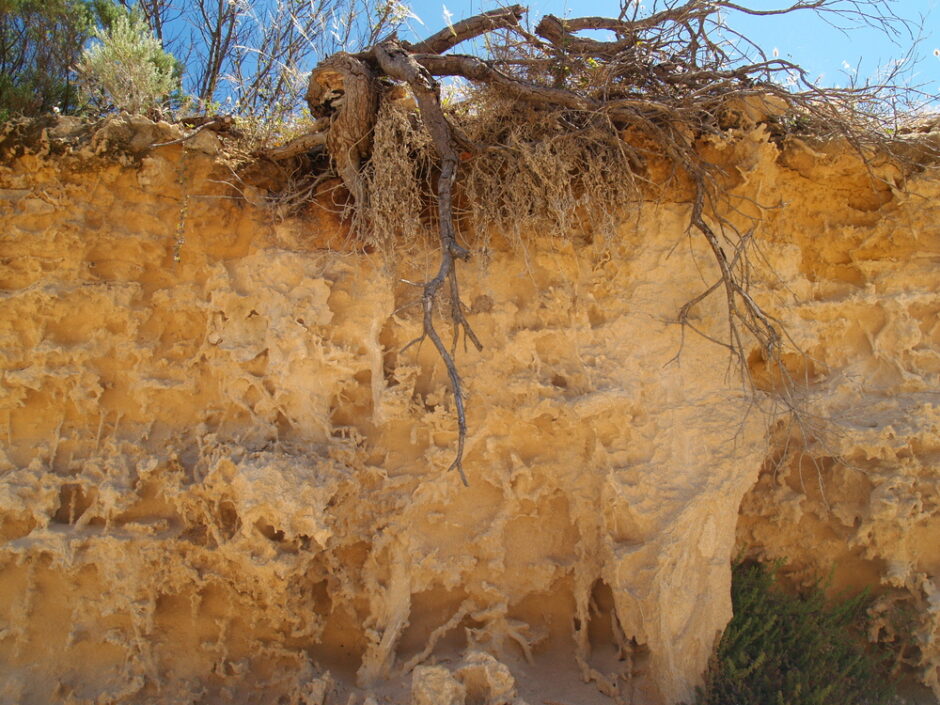
Similarly, a sandy soil has it’s limitations. It is generally very free draining and is therefore likely not to be able to hang onto water. It will be poor in soil organisms and will have few to no earthworms, so a deep and acid layer of leaf litter will likely build up.
